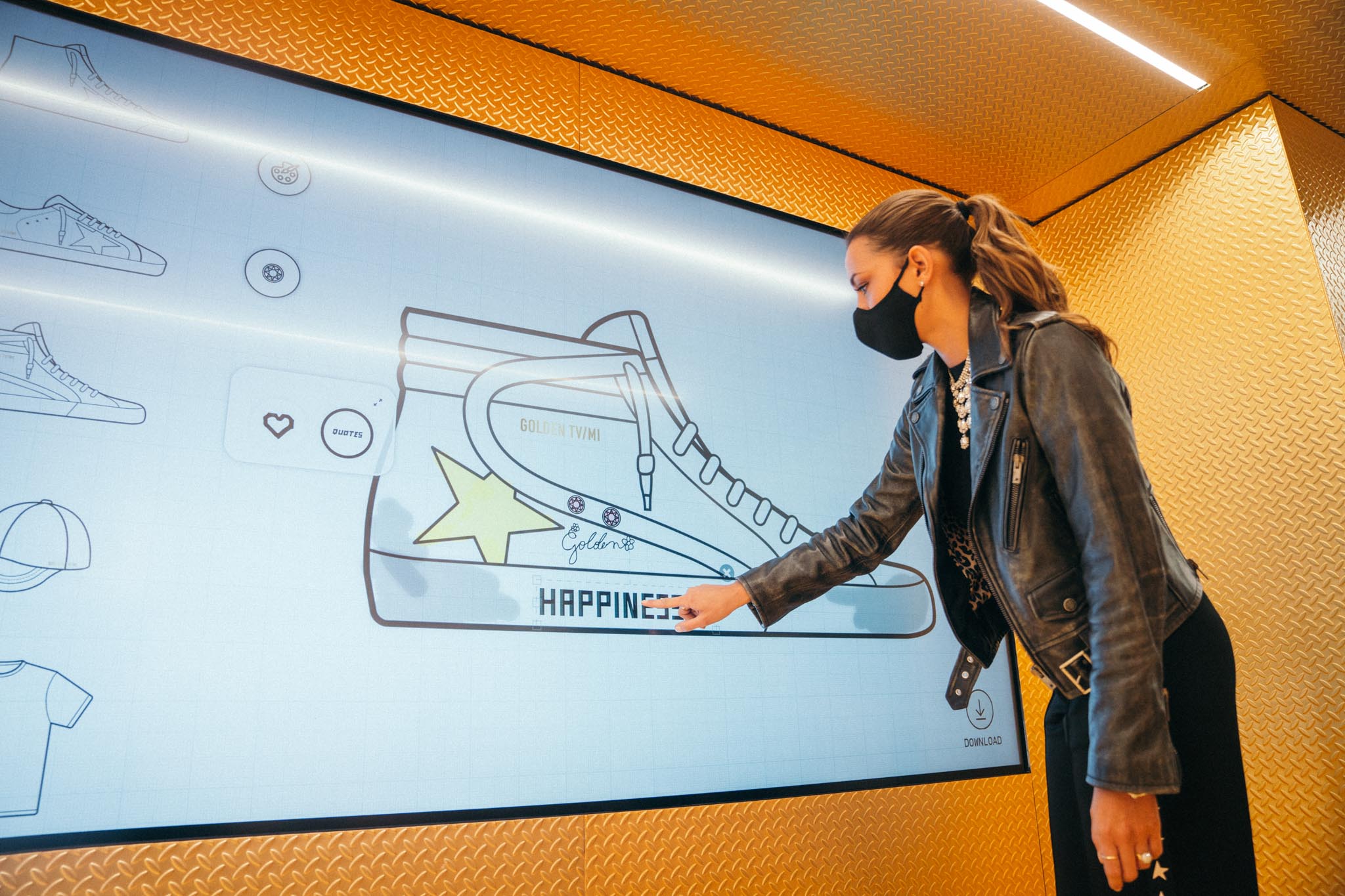Why the High Street Can Still Thrive in the World of Digital Commerce
The Power of Four Walls
While there is no question that the modern consumer spends disproportionate time in the digital world, they still want to touch, see, and feel products. Put another way, people still love to shop, particularly for apparel and in an environment where retailers have made it fun again.
Take three very different but successful brands: Reformation, Dr. Martens and Golden Goose. Each has thrived in the e-commerce channel. Each has also successfully opened physical stores in the past three years, never reducing plans, even during the pandemic.
To go a step further, Golden Goose retail stores sales in the US and Europe are currently trending higher than pre-Covid metrics, and Reformation stores are performing above 2019 levels. Dr. Martens even recently increased guidance for store openings*.
Have these brands just been bold or lucky? No, these companies understand that putting the power of four walls to work can be a key tool to help fully articulate your brand.

How High Value Consumers Shop
What we see with Reformation, for example, is that consumers who shop across its multiple channels have higher lifetime value. These consumers purchase twice as much as digital-only shoppers. In other words, opening stores can significantly grow revenues across all channels, if done correctly, and that requires melding digital insights with retail savvy.
Experiential Retail
It starts with a fundamentally changed store experience moving toward an experiential model. The easiest way to understand this is to think about a giant retailer from the past. A superstore where you were effectively left alone to find what you wanted amidst the never-ending aisles of product. Now, for similar products, you just go to Amazon. That’s part of the reason why brands like Golden Goose and Reformation, with our guidance, have turned their retail stores into brand experiences so powerful that shopping is only one part of it.
Golden Goose has tested phygital experiences, combining its product LAB and digital multimedia to allow consumers to better experience the product and understand the artisanal care behind it. Together with the Sneakers Maker, Golden Goose’s skilled artisans, clients can personalize their most beloved creations with treatments, applications, quotes, and drawings.
Brands like Reformation have brought an element of the digital experience into their retail locations – most Reformation stores are equipped with interactive touch screens from which consumers can select products which are seamlessly placed in “magic” wardrobes where clients try on their items and use iPads to request additional garments.

Location, Location, Location
Direct-to-consumer (DTC) brands with a strong online presence also have a secret weapon: geographic shopper data. They know where their consumers are concentrated and where their highest-spending customers live, and this strongly informs where they open stores. Why? Because your best customers cannot wait to see the brand come to life; a brand they’ve primarily engaged with through ads or on your website. The Reformation store in London’s Notting Hill, for example, has outperformed projections from day one, and deepened the brand’s emotional connection with consumers through the heightened physical experience only the best retail delivers.
From Online to Retail
So how should great digital brands expand into retail? Firstly, they need to have a significant organic, loyal customer base visiting their website. This allows companies to know where their key customers are located. Secondly, they need a clear plan which defines how retail fits into a customer-centric ecosystem, à la Reformation and Golden Goose.
Often, digitally-native brands, heady with rapid online success, run straight into the wall of multi-site retail’s operational complexity, including recognizing the importance of store associates—your brand ambassadors. How to recruit, train, develop and reward associates is often neglected, but it’s a crucial strategic decision, and the most innovative brands are getting creative, such as compensating store staff for e-commerce sales in their zip code.
It turns a potential channel conflict into powerful alignment. Brands that work through the questions thoughtfully and proceed with caution usually find the right answers, from the number and size of stores to locations. For digitally native brands, having fewer, smaller stores is often the most effective and efficient way to bring a brand to life within four walls.
An Omnichannel Future
As it turns out, retail is not dead. Retail therapy is very much alive and well, and two-plus years of physical restrictions haven’t been enough to turn consumers permanently off physical shopping. It remains very much an omnichannel world for the best DTC brands. Digital creates strong feedback loops with the high street and vice versa.
As we look ahead, the barriers for brands to launch will remain low, meaning the challenge of capturing the attention of, and building connections with, digital consumers will be even greater. The winners will succeed with great products that are brought to life on the high street and can deliver a best-in-class digital customer experience.








